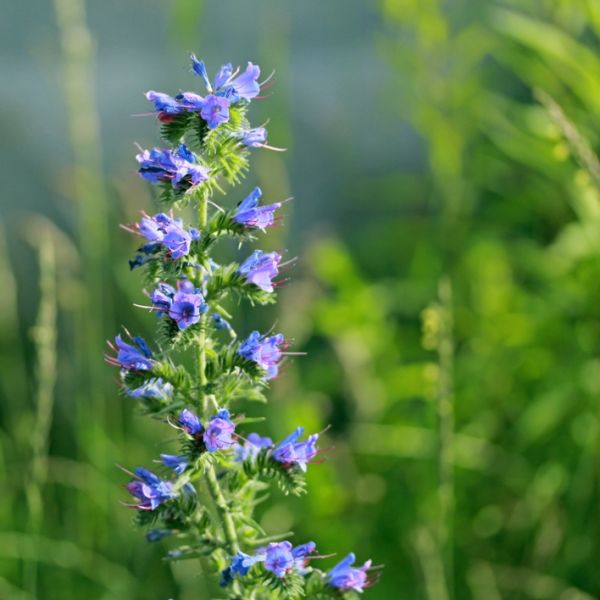| Latin Name : | Hyssopus officinalis ssp. aristatus |
| English Name : | Hyssop ct. 1,8-Cineol (syn.: rock hyssop) |
| French Name : | Hysope ct. 1,8-cinéole (syn. : hysope aristée, hysope des rocailles) |
| Family : | Lamiaceae |
| Origin : | France, Spain |
History and Origin
Small perennial shrub pertaining to the lamiaceae, like thyme and oregano, growing in the Mediterranean region. Hyssop has been used for ages by the Romans and Hebrews for the purification of sacred places. Its name would come from Hebrew אזוב (ezov), meaning “sacred herb”. It forms part of the plants mentioned in the Bible as a “purifying herb”. So, it used to be common to find it in the gardens of religious persons.
Some physicians, Rhazès as an example, advised the use of hyssop in fumigation against pest, combined with lavender and thyme. It was also advised to treat phlegmatics and pulmonics. The Greeks used to prepare a balm to apply in cases of pneumonia, pleuritis, bronchitis and other pulmonary problems.
In food, it is part of the French tradition, entering in the Provence herbs mix and in the preparation of the Chartreuse and Benedictine liquors as a digestive.







